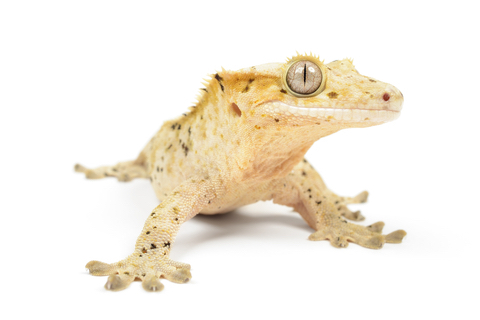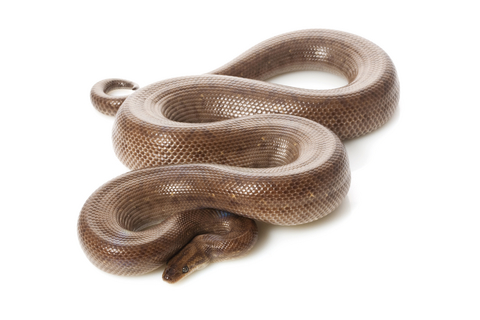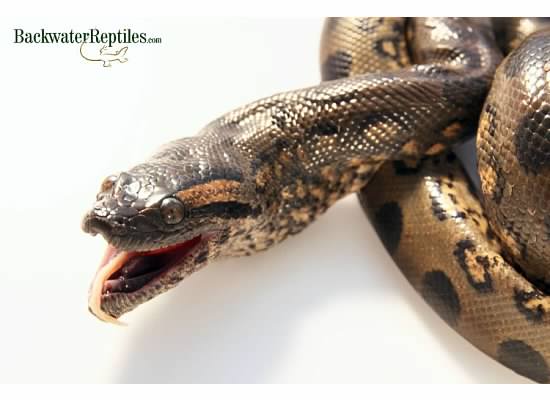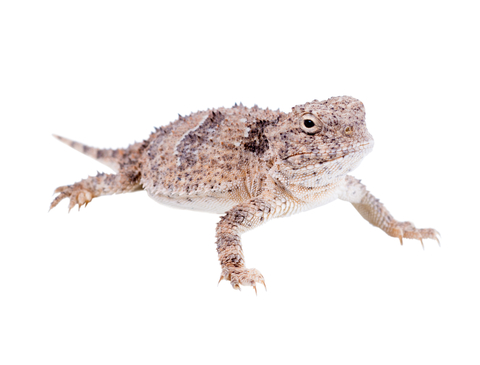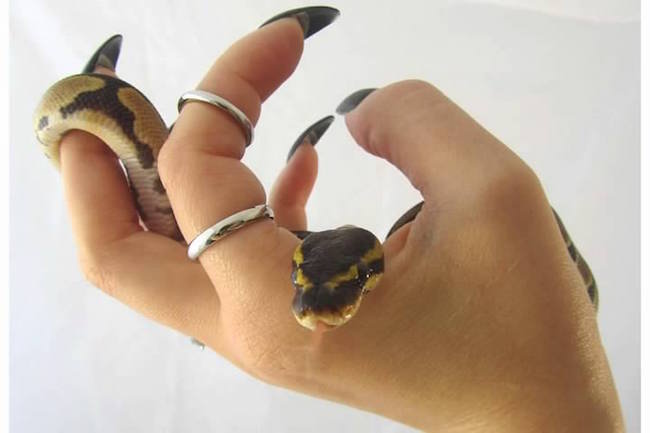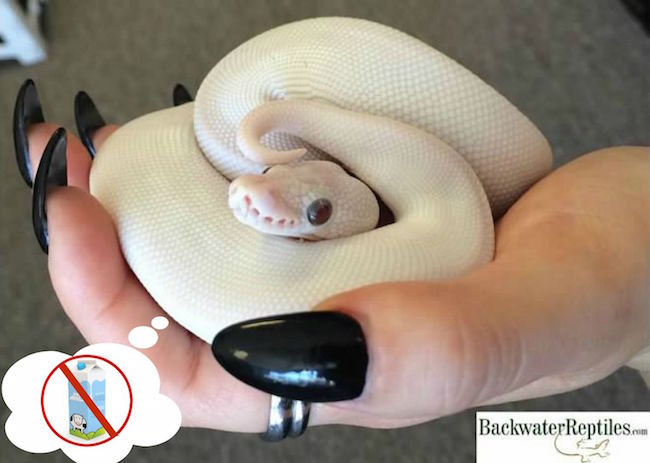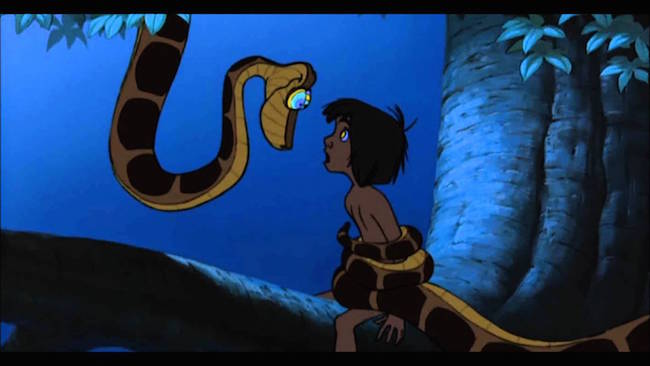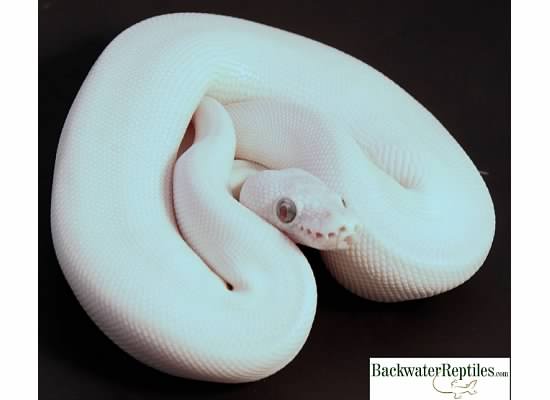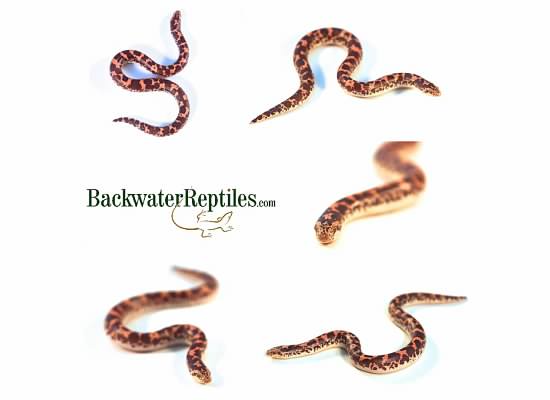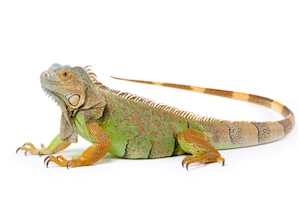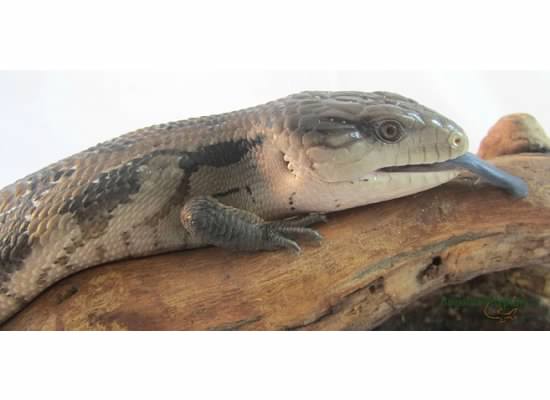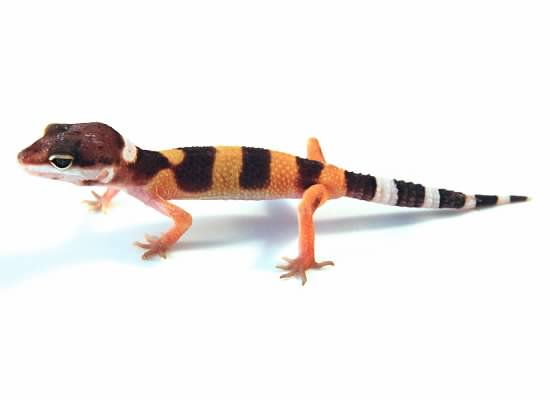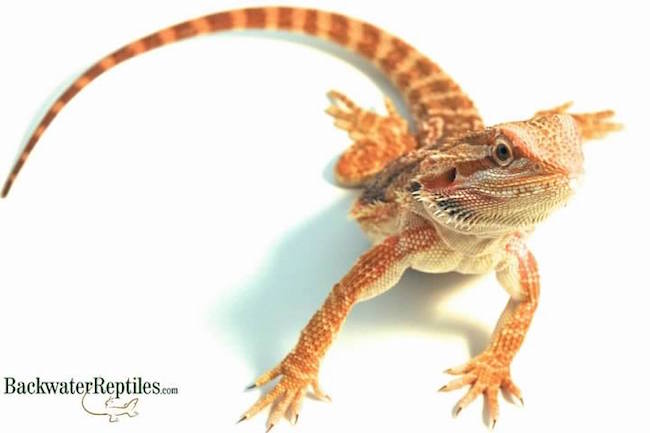Ever wondered how to pick up a scorpion? Any pet that lives in a contained environment, whether it’s a traditional glass tank, a specialty vivarium, or even a wire or mesh cage, will need its enclosure cleaned from time to time. Because this is also true of venomous pet scorpions, this blog entry will demonstrate how to pick up and handle your scorpion when the time comes to remove it from its enclosure.
First of all, most people who keep scorpions as pets are aware that these invertebrates are not domesticated animals and are generally best left to their own devices. Scorpions are not pets that should be handled, petted, or otherwise coddled like traditional pets. They do best when observed and not disturbed. In other words, Backwater Reptiles does not recommend taking your scorpion out of its enclosure unless it’s necessary for the animal’s health.
When you pick up your scorpion, grab it at the tip of the tail just beneath the stinger using your index finger and thumb. This will prevent the animal from whipping its tail and injecting you with venom.

Once you have a firm but not too tight grasp on the tip of the scorpion’s tail, gently but efficiently lift the animal up and transfer it to your desired destination. Be aware that the animal will more than likely wriggle, so it’s wise to move quickly for your own safety and to eliminate stressing the scorpion.
Bulky and hefty scorpions such as the Asian Forest Scorpion (Heterometrus longimanus) or the Emperor Scorpion (Pandinus imperator) are easiest to move using the two finger grab method because in general they are slower and less feisty than other species.
If you’re dealing with a species such as the Desert Hairy Scorpion (Hadrurus arizonensis) that tend to be rather aggressive, we advise using tongs or tweezers. This is because when the scorpion species is more agile, it can reach around with its front pedipalps or pincer claws and pinch your fingers, which is not a pleasant experience.

If you’re interested in a pet scorpion of your own, Backwater Reptiles offers a variety of scorpion species for sale.
Have you developed any tricks for picking up your pet scorpion that we didn’t mention? Let us know your experiences in the comments!

